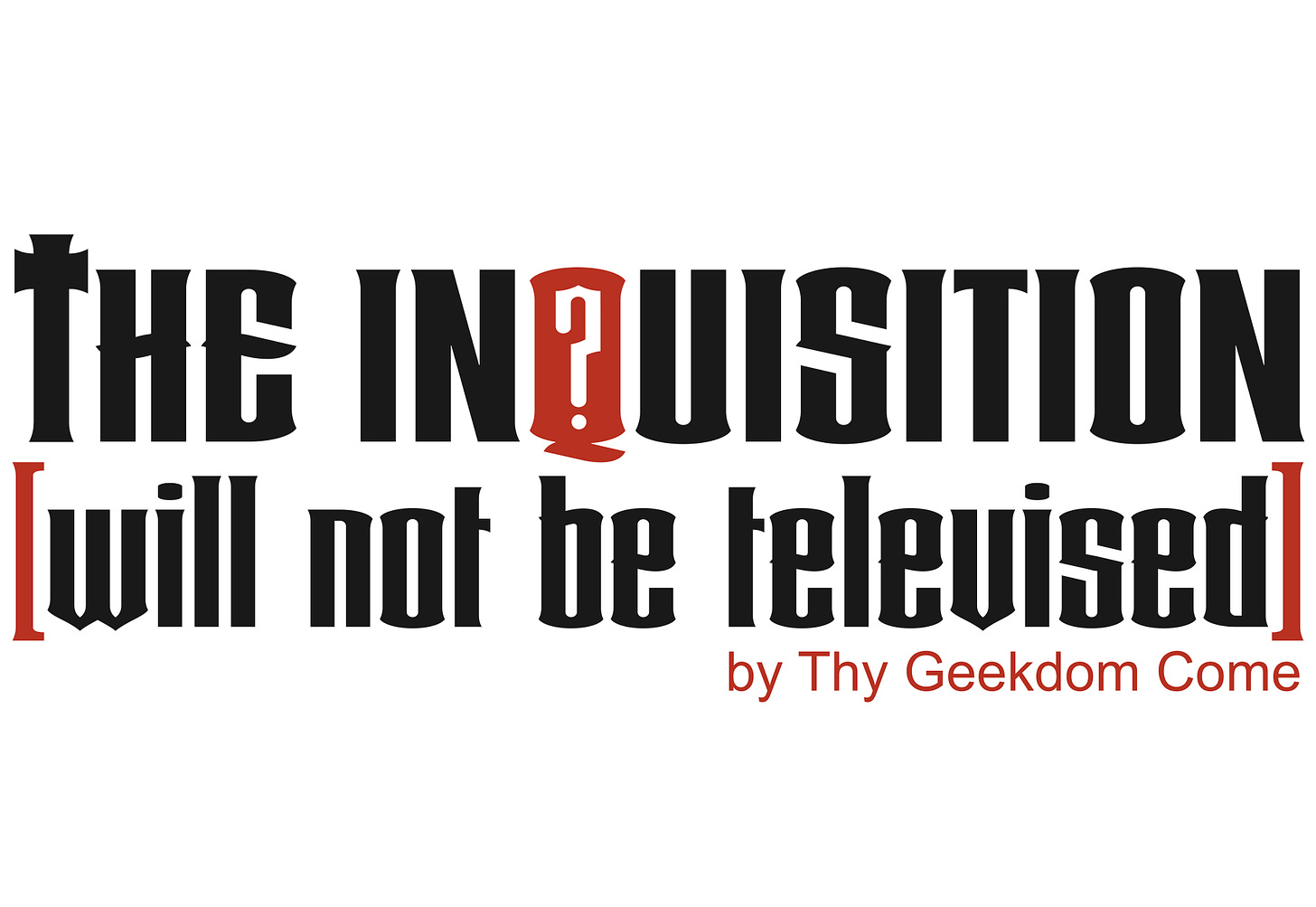High Potential, Episode 1
“Have you even looked at your footage?” The savant sneers slightly, “you’ve got a church. [Pause for effect.] Churches face East.”
Oh, here we go. I brace for it. That moment of absurdity in every primetime tv discussion of anything Catholic where the Smartest Character™ says something incredibly dumb about my faith.
I enjoyed the rest of the pilot. The main character, Morgan, was quirky and insightful in her own way.
But that moment of cringe, I knew it was coming. I dreaded it. I didn’t have to live in dread for long.
“Okay, uh, around the 8th century, priests started orienting their churches facing East. They said it was based off the designs for the Holy Temple in Jerusalem, but … it’s also possible that they wanted the sunrise behind them to make themselves appear more godlike and impressive.” [Cue graphic of priest at pulpit directly in front of central stained glass window, colored light streaming in around his raised arms.]
Of course, a minor character immediately looks this up on Wikipedia (or a fictional surrogate) and confirms it in the space of 10 seconds, so we’re led to believe this is a flawless explanation of directions in the security footage being discussed.
Smartest Character then claims “Catholic Churches built here in the 1800s do” face East.
So, what’s wrong with it?
Everything. Well, almost everything. It’s absolutely true that the East is important for orientation in Church architecture. Why? Because that’s literally what orienting something means. Oriens is Latin for East. Orienting is East-ening. Orientation is Eastliness.
That little accident of etymology is where the accuracy ends.
Ready for the tear-down?
It should be stated almost as a preface that the ideal of East-facing churches is hardly adhered to and certainly not grounds for establishing direction in almost any context, much less a criminal investigation.
Besides that…
There is no relation to the Temple. Liturgical East, in the Catholic tradition, means that the priest and the congregation face the East. The altar is at the East end of the Church, with the entrance on the West.
But in the Temple, the entrance was on the East and the Holy of Holies was in the Western portion of the building. Totally flipped. In fact, the Eastern orientation of worship among Christians is due to the symbolic association of dawn with the Resurrection. The Church is not a new Temple, we are looking toward the True Temple, Christ’s glorious, risen body.
Priests just weren’t all that. Although the dawn is important symbolism, the sunlight wouldn’t make the priest look “more godlike and impressive.” For several reasons. First, the priest spent much of the liturgy facing the same direction as the congregation. He wasn’t typically facing the people as depicted in the episode. That position, versus populum, was liturgically uncommon before modern times. Second, the 8th century was seeing the precursors to the transition from Romanesque to Gothic architecture. Churches were magnificent, heavy structures. A priest would look small and insignificant in many churches.
The depiction is an anachronism. Although stained glass existed to let in that light, it was not until famed 12th century Abbé Suger popularized his “walls of light” that gothic architecture’s weight distribution method, which permitted much thinner walls, began to spread. No widespread tradition of stained glass — the whole reason churches have large windows — no multicolored gleams of light filling in the space behind some mighty impressive priest. No light of dawn streaming in at all, really. Just a priest at a dark altar, lit by candles. (Another mainstay of Catholic church history.) Smartest Character’s whole premise falls apart.
All that to say nothing of the fact that a priest’s pulpit, an ambo, is never centered in the sanctuary, under the big window. In fact, in many churches, the preaching was done from a special platform in the midst of the congregation. (We didn’t have electric amplification.)
Last but not least, of the 1800s Los Angeles parishes I found, the majority were West-oriented, not East-oriented.
That’s it, folks. The entire argument dismantled. We can only hope it doesn’t mean a murderer roams free. Don’t make shoddy claims in your murder investigation.
This won’t be the last we see of High Potential, sadly. Episode 2 had a rather glaring error, too.





